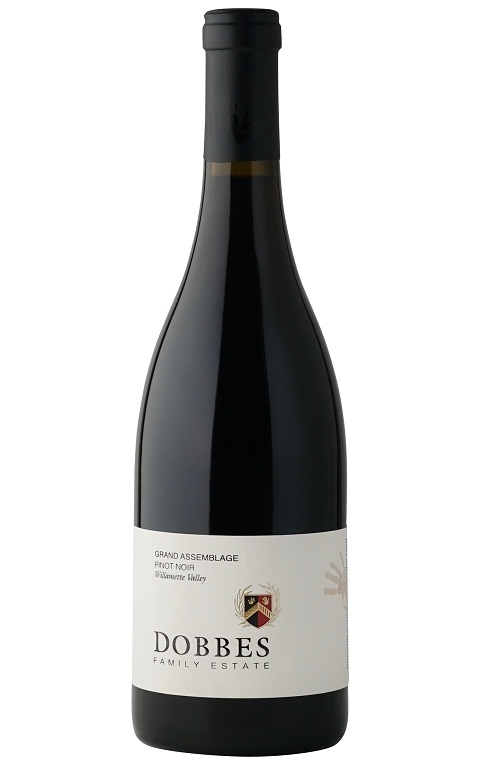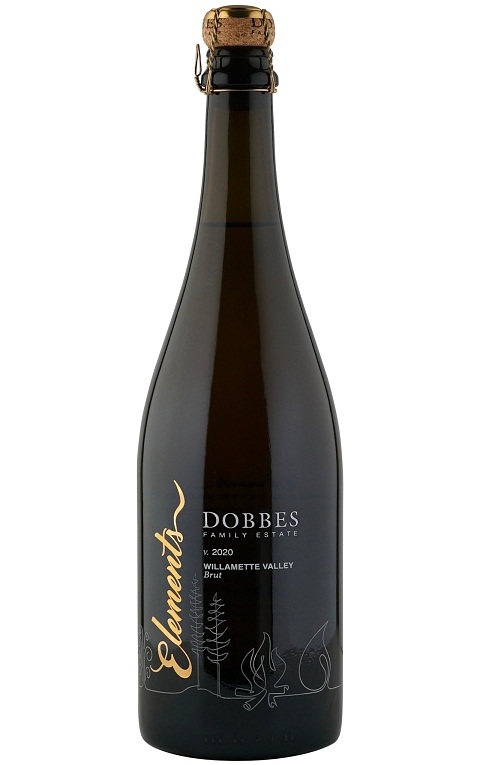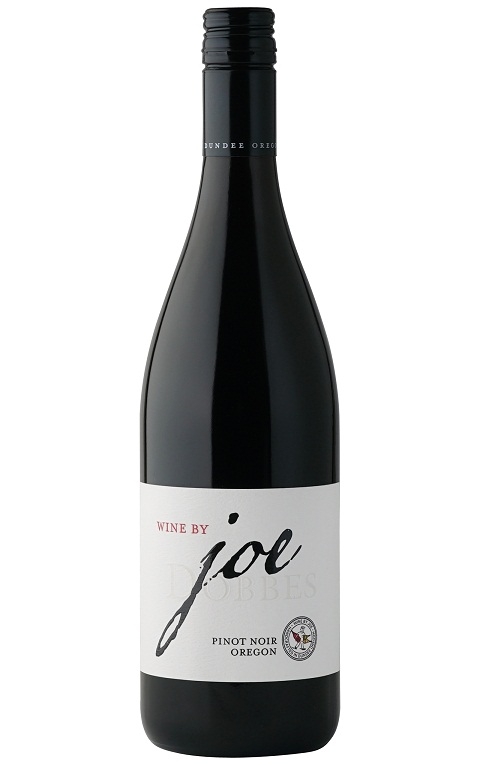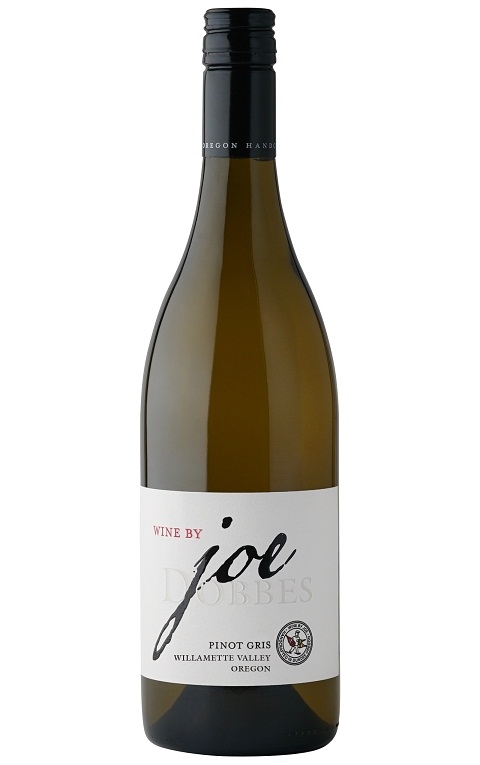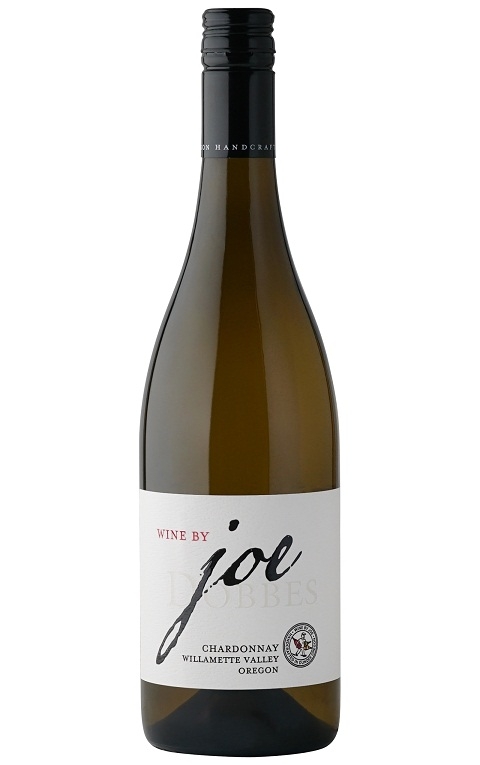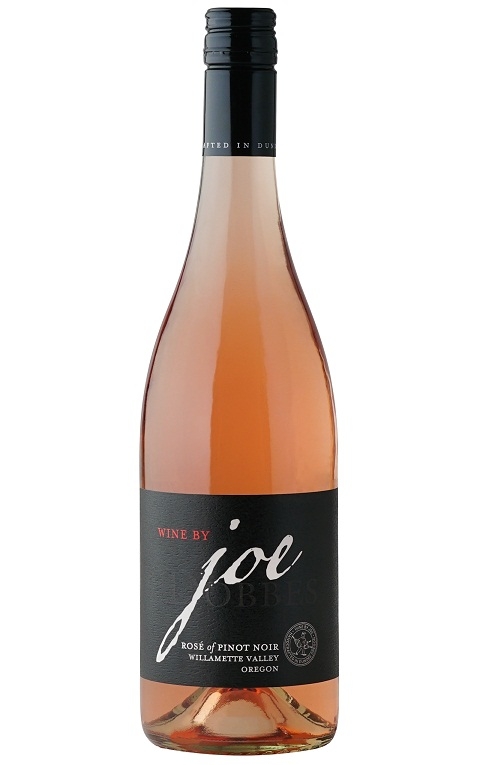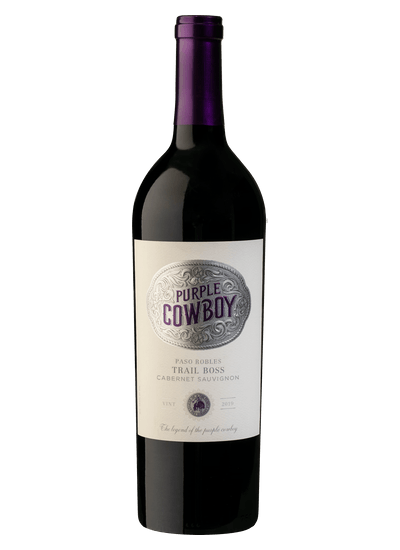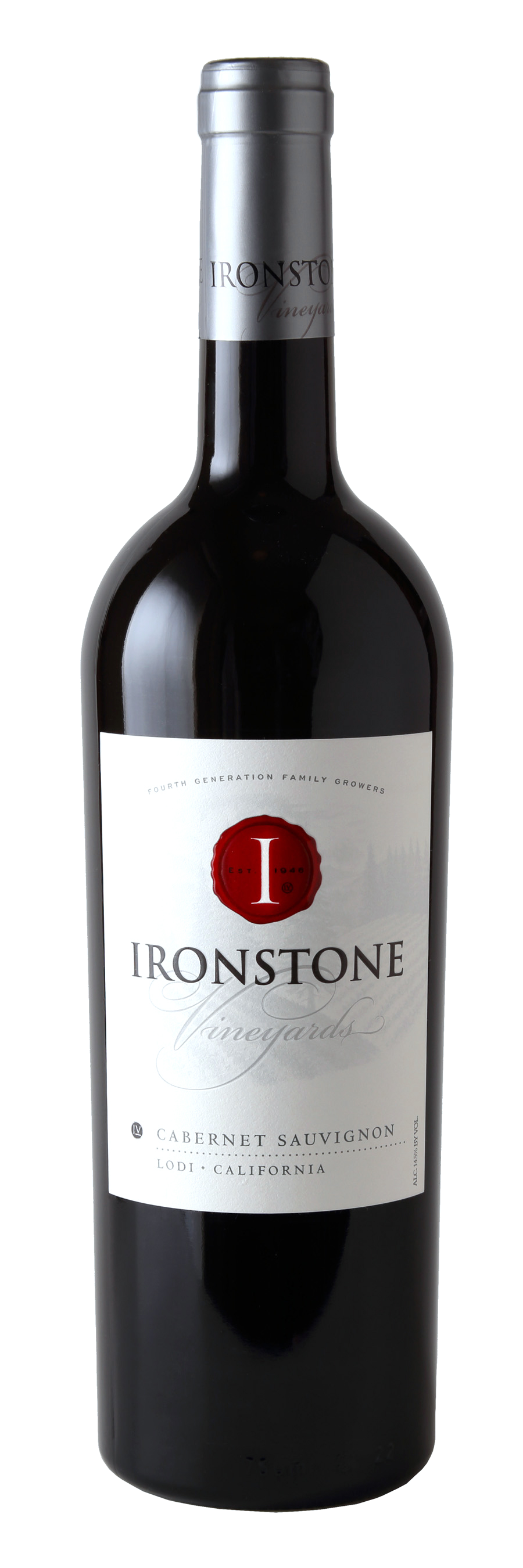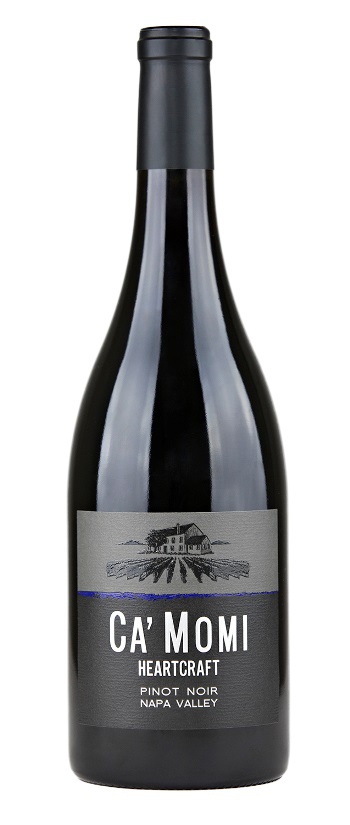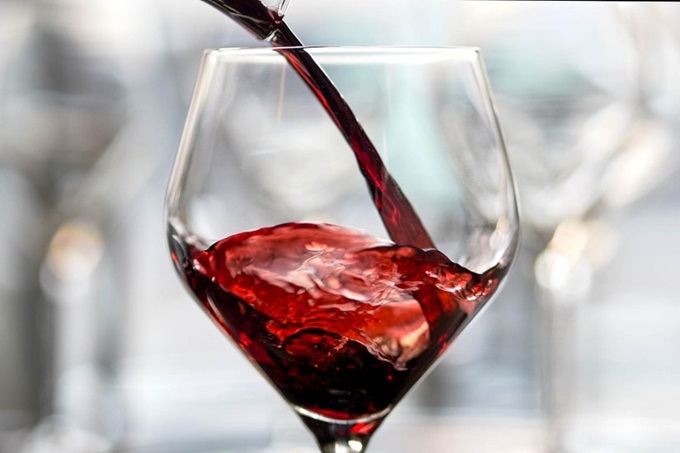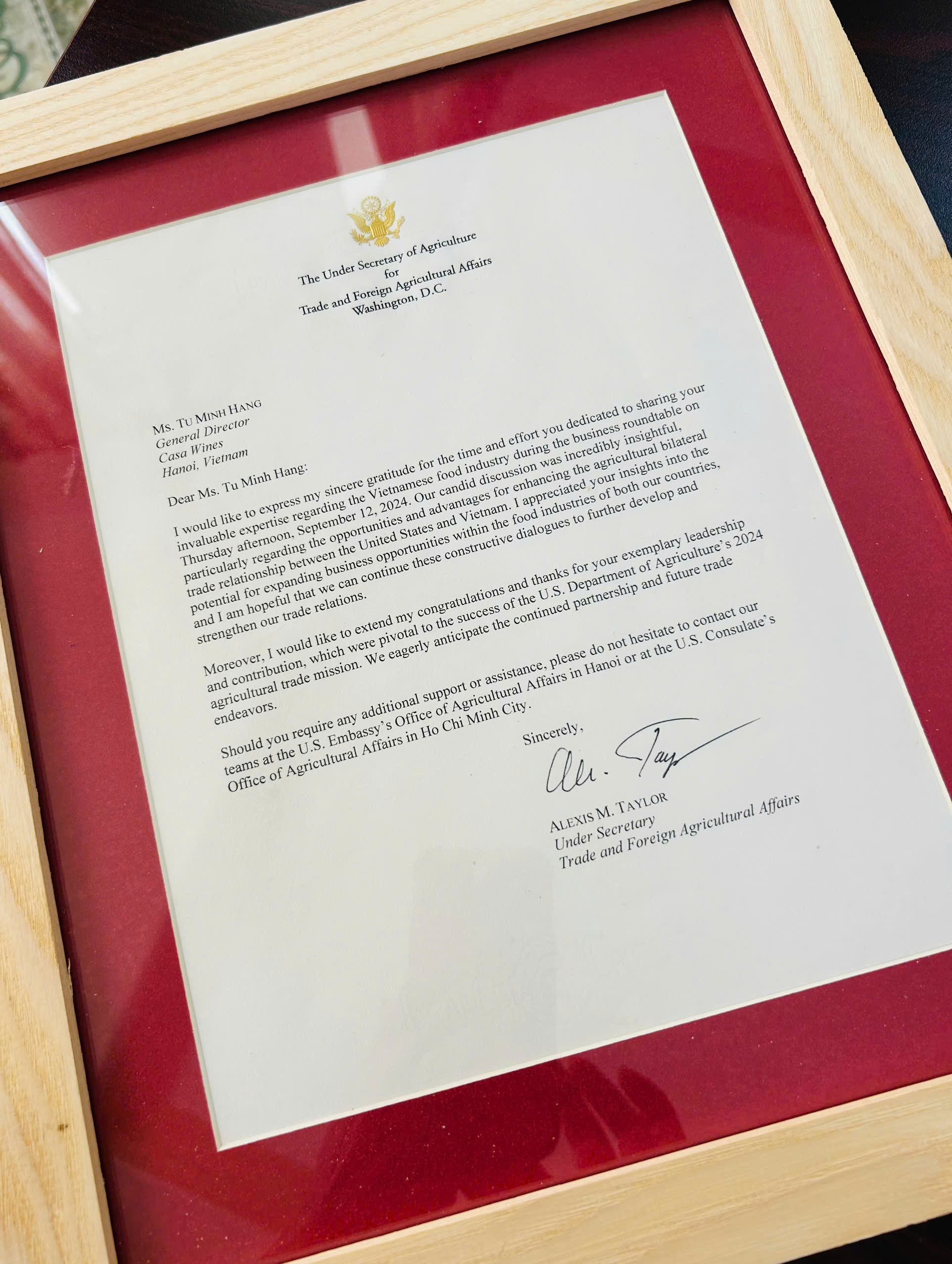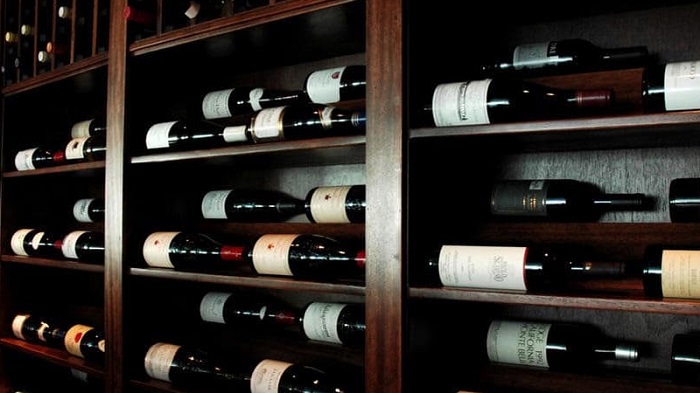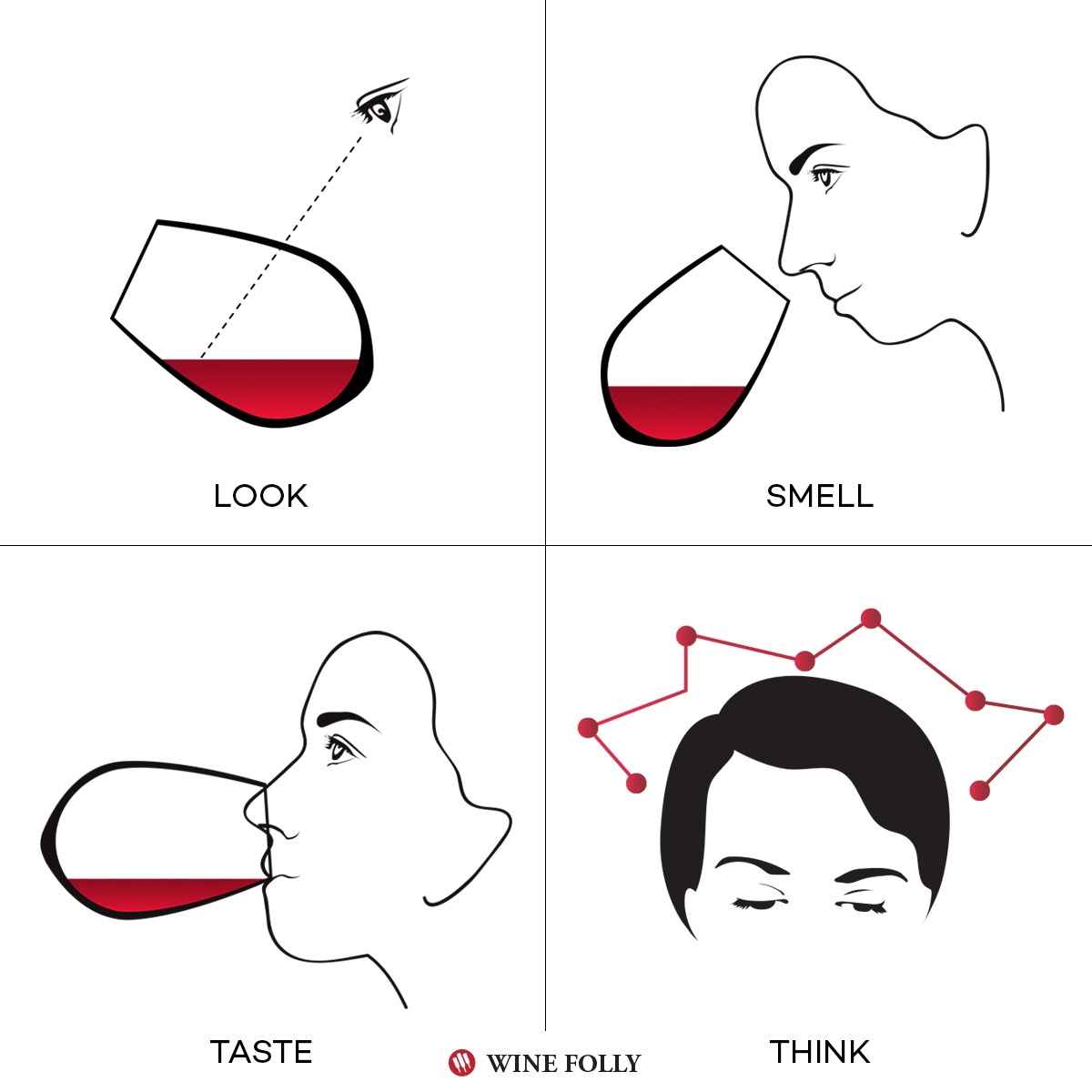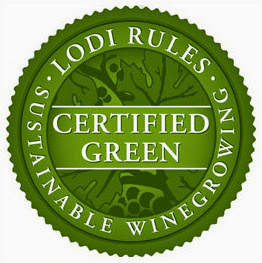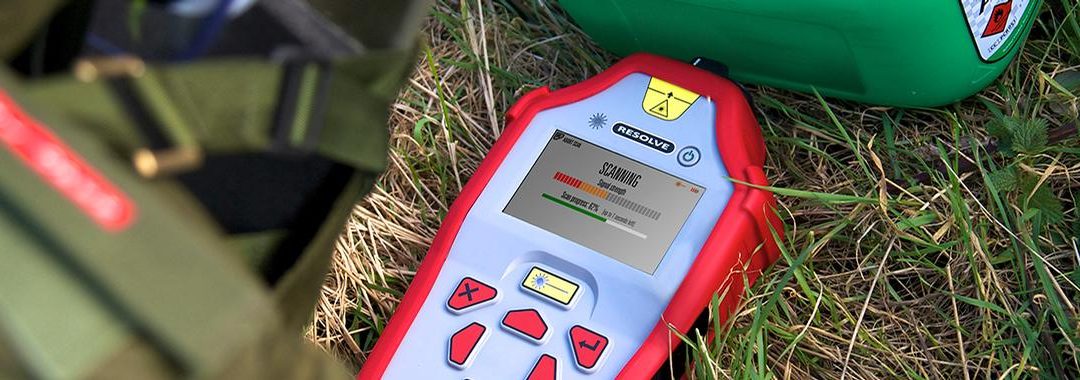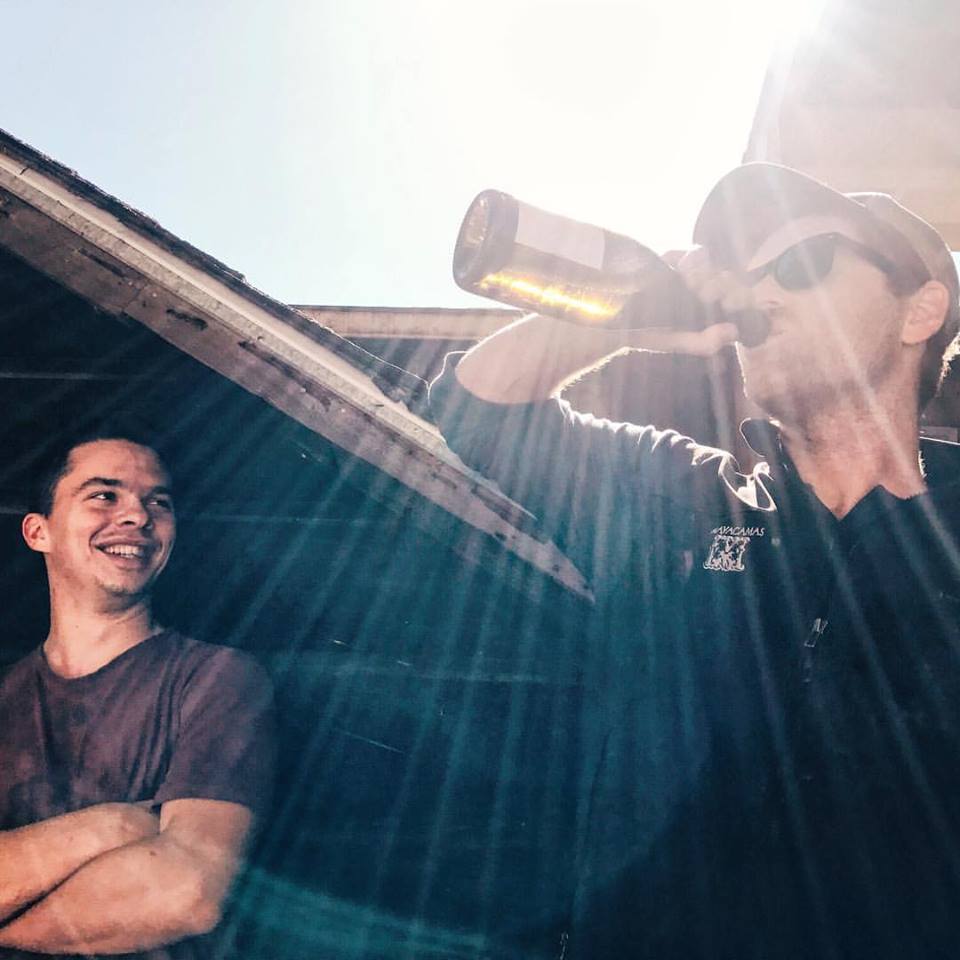This hard-working region leads in innovation and sustainability.

In 1990, the Northern California wine region of Lodi housed just eight wineries. Its 80,000 acres of grapes were used largely for white Zinfandel, as well as low-cost Chardonnay, Cabernet Sauvignon and Merlot made by out-of-town wineries.
Today, after years of hard work, the Lodi American Viticultural Area (AVA) boasts 85 wineries and grows more than 100 grape varieties. It’s grabbed international attention for the quality of the new wines made from its legendary old Zinfandel vines and a profusion of young, diverse grape varieties.

The wine trade and media raved about the second release of the “naked” style Lodi Native wines in 2015. They also discovered wines from Albariño, Kerner, Graciano, Vermentino, Teroldego and other varieties being nurtured by a new generation of risk-taking innovators.
Star winemakers from outside Lodi began to set up shop in the region. Tegan Passalacqua, from Napa-based Turley Wine Cellars, purchased a winery in Lodi in 2012. Two years later, Morgan Twain-Peterson, from Bedrock Wine Co. in Sonoma Valley, followed suit.

This success could not have happened, however, without the seeds planted 25 years ago by the eight existing Lodi wineries and a few dozen grape growers.
They established the state-sanctioned Lodi Winegrape Commission in 1991 and promptly taxed their own production to sustain it. The goals were to educate growers, conduct grape-growing research, protect the environment and raise awareness of Lodi grapes and wines.

With the commission’s support, Lodi slowly raised its grape quality and price per ton and boosted the number of wineries tenfold. The region’s image soared above other grape districts within California’s San Joaquin Valley, achieving parity with better-known coastal regions.
Lodi sits near the Sacramento-San Joaquin River Delta, 100 miles east of the San Francisco Bay. While it’s generally warmer than vineyard locations near the coast, Lodi benefits from cooling delta breezes.
Its climate bears little resemblance to the relentlessly hot conditions in the southern San Joaquin Valley, where table grapes, raisins and high-yield wine grapes grow.
Lodi further set itself apart from other regions with the establishment of the Lodi Rules for Sustainable Winegrowing in 2005. These encourage sustainable farming, a lighter hand with pest management and better air quality and water management, among other benefits.
It was California’s first third-party certification program for winegrowing, and it inspired a statewide program a few years later. Today, more than 20,000 acres are “certified green” in the Lodi appellation, and about 25 wineries produce wines that carry the Lodi Rules seal.
At least one winery, Michael David Winery, offers growers a bonus for grapes produced under Lodi Rules. It also helped popularize Lodi Zinfandel as a bold, but fun premium wine with its 7 Deadly Zins brand.
But what makes Lodi special is more than just the sum of its agricultural and marketing advances. Grapes and wine were already in Lodi’s DNA before the current era. The first major vineyard was planted in 1852, and fourth- and fifth-generation Lodi farmers who make their living with wine grapes are commonplace.
“There is a tremendous history here as a farming and grape- growing community,” says Stuart Spencer, the winemaker and owner of St. Amant Winery, founded by his parents in 1979. Spencer is also program director of the winegrape commission.

“This is a place where the police cars are decorated with grape clusters and the high schools are named after grapes,” he says.
Twenty-somethings from Lodi grape-growing families often return to work in the family vineyards and cellars. Spencer was one of them.
“The kids come back and want to farm,” says Spencer. “It’s a rare thing, and you don’t see it in the rest of the country.”
It’s these young people and the youthful attitude of their elders that drive the innovation pushing Lodi forward. It’s a prime reason why Lodi is Wine Enthusiast’s 2015 Wine Region of the Year.
Great The Cab , The Zin from Lodi Region- California Wines
—Jim Gordon
Source: Wine Enthusiast

